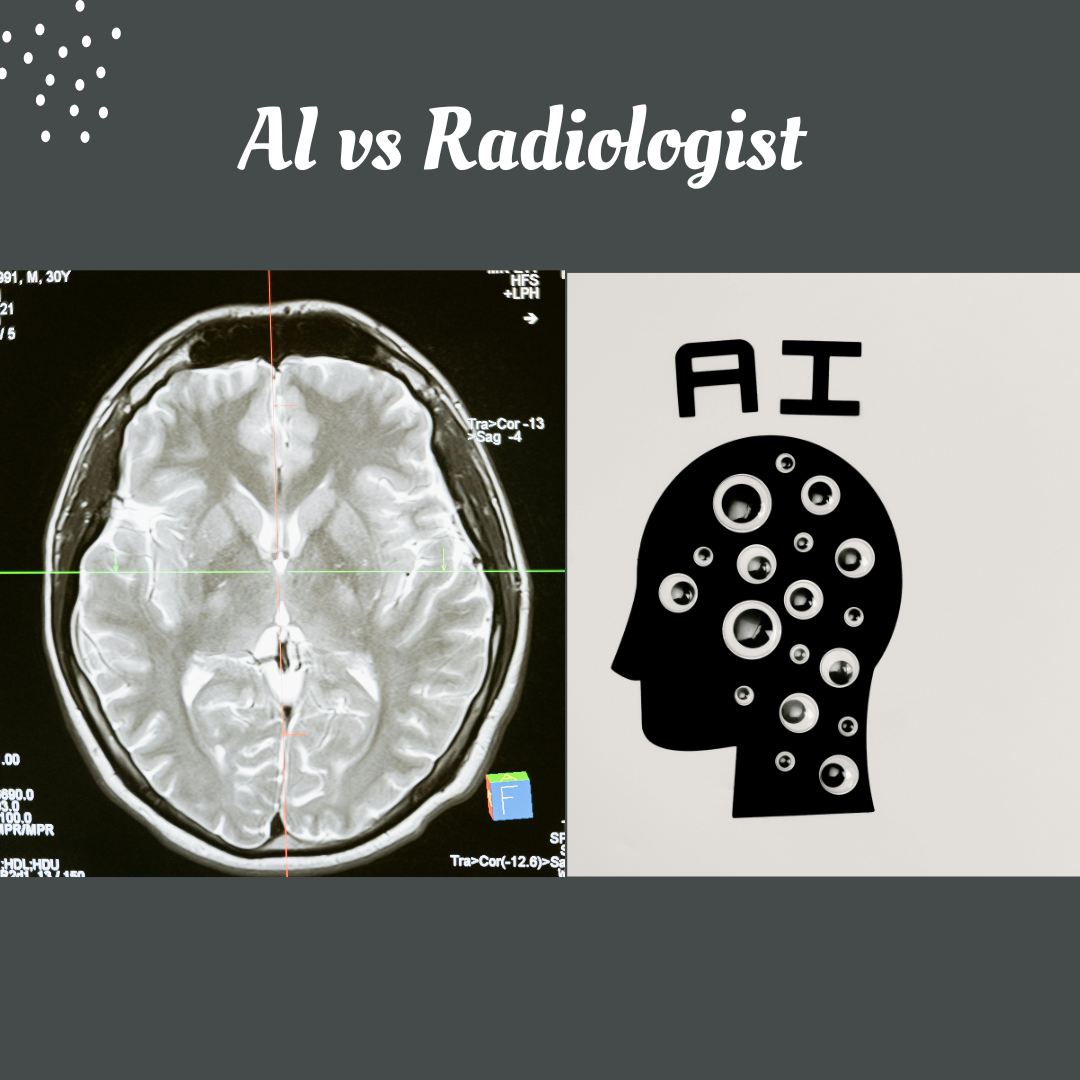The integration of cutting-edge technology has revolutionized diagnostic practices, leading to more accurate and efficient patient care. One area where this transformation is particularly promising is in radiology, where Artificial Intelligence (AI) is increasingly playing an important role. The marriage of AI and radiology holds immense potentials, offering advancements that enhance diagnostic accuracy, expedite image interpretation, and ultimately improve patient outcomes.
Enhanced Image Interpretation
Radiology relies heavily on the interpretation of medical images such as X-rays, MRIs, CT scans, and ultrasounds. Traditionally, this task has been the job of skilled radiologists, whose expertise is essential but can be subject to human error and variability. AI systems, however, can analyze vast amounts of imaging data with remarkable speed and consistency, providing valuable insights to aid radiologists in their diagnoses.
Deep learning algorithms, a subset of AI, can be trained to recognize patterns and abnormalities within medical images. By feeding them large datasets of annotated images, these algorithms can learn to identify subtle nuances that might escape the human eye. As a result, AI-powered image analysis can enhance the detection of tumors, fractures, and other abnormalities, potentially leading to earlier diagnoses and interventions.
Streamlined Workflow
The integration of AI into radiology workflows has the potential to streamline processes and improve efficiency. AI algorithms can prioritize and triage imaging studies based on urgency, allowing radiologists to focus their attention on cases that require immediate attention. Moreover, AI can automate routine tasks such as image segmentation and measurements, reducing the time and effort required for manual analysis.
Furthermore, AI-powered decision support systems can provide radiologists with real-time feedback and guidance during image interpretation. These systems can suggest potential diagnoses, highlight areas of concern, and offer relevant clinical information, augmenting the radiologist's expertise and improving diagnostic accuracy.
Quality Assurance and Standardization
Ensuring the quality and consistency of radiological interpretations is essential for delivering high-quality patient care. AI can play a vital role in quality assurance by standardizing image analysis and reducing variability between radiologists. By establishing objective criteria for image interpretation, AI algorithms can help maintain consistency across different healthcare settings and improve the reliability of diagnostic decisions.
Additionally, AI-driven analytics can track radiologist performance over time, identifying areas for improvement and providing feedback for ongoing professional development. By leveraging AI for quality assurance purposes, healthcare institutions can enhance the overall reliability and accuracy of radiological interpretations.
Challenges and Considerations
Despite its immense potential, the widespread adoption of AI in radiology is not without challenges. Ensuring the safety, reliability, and ethical use of AI algorithms is paramount, as errors or biases in AI systems could have significant consequences for patient care. Robust validation and regulatory oversight are essential to address these concerns and instill confidence in AI-powered radiology solutions.
Moreover, integrating AI into existing radiology workflows requires careful planning and collaboration between clinicians, technologists, and data scientists. Healthcare professionals must be trained to effectively utilize AI tools and interpret their outputs in the context of clinical practice. Additionally, considerations regarding data privacy, security, and patient consent must be carefully addressed to uphold ethical standards and regulatory requirements.
The Future of Radiology
As AI technology continues to advance, its role in radiology is expected to expand even further. Innovations such as deep learning, natural language processing, and multimodal imaging integration hold the promise of unlocking new capabilities and improving diagnostic accuracy. Additionally, AI-driven predictive analytics could enable personalized
